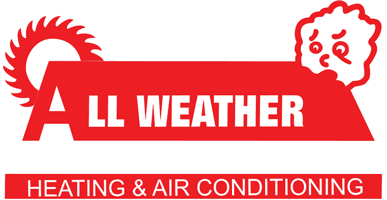
You might not think often about how your air conditioner operates, but it requires refrigerant to keep your residence fresh. This refrigerant is controlled by environmental rules, because of the chemicals it contains.
Based on when your air conditioner was added to your home, it may use R-22, R-410A or R-32 refrigerant. We’ll go over the differences and which air conditioner refrigerants are being phased out in Huntsville, plus how these phaseouts affect you.
What’s R-22 and Why Is It Discontinued?
If your air conditioner was put in before 2010, it likely uses Freon®. You can discover if your air conditioner has it by contacting us at 256-801-4701. You can also inspect the name plate on your air conditioner condenser, which is situated outside your house. This sticker will contain information on what kind of refrigerant your AC uses.
Freon, which is also referred to as R-22, includes chlorine. Scientists consider this chemical to be harmful to the earth’s ozone layer and one that results in global warming. The Environmental Protection Agency, which controls refrigerants in the United States, banned its creation and import in January 2020.
I Use an Air Conditioner with R-22. Do I Need to Get a New One?
It depends. If your air conditioning is operating fine, you can continue to keep it. With routine air conditioner maintenance, you can expect your system to work around 15–20 years. However, the Department of Energy notes that replacing a 10-year-old air conditioner could save you 20–40% on annual cooling bills!
If you don’t install a new air conditioner, it may cause a problem if you need air conditioning repair in the future, specifically for refrigerant. Repairs might be higher-priced, because only limited quantities of recycled and reclaimed R-22 is on hand.
With the discontinuation of R-22, many new air conditioners now rely on Puron®. Also called R-410A, this refrigerant was created to keep the ozone layer in good shape. As it requires a varying pressure level, it doesn’t work with air conditioners that rely on R-22 for cooling.
However, Puron still has the potential to lead to global warming. As a result, it could also eventually be phased out. Although it hasn’t been disclosed yet for residential air conditioners, it’s expected sometime this decade.
What Refrigerant Will Take the Place of R-410A?
In preparation of the end, some brands have initiated using R-32 in new air conditioners. This refrigerant ranks low for global warming potential—around one-third less than R-410A. And it also lowers energy consumption by around 10%, according to the Intergovernmental Panel on Climate Change’s Fourth Assessment Report. That’s savings that may be forwarded on to you through your utility bills.
All Weather Heating & Air Conditioning Inc Can Assist with All Your Air Conditioning Needs
In brief, the changes to air conditioner refrigerant probably won’t concern you very much until you require repairs. But as we discussed earlier, repairs connected to refrigerant can be more costly because of the reduced amounts on hand.
Aside from that, your air conditioner frequently stops working at the worst time, typically on the warmest day when we’re experiencing many other requests for AC repair.
If your air conditioner uses a phased out refrigerant or is aging, we suggest getting an up-to-date, energy-efficient air conditioner. This delivers a hassle-free summer and can even lower your utility bills, especially if you choose an ENERGY STAR®-rated model. Plus, All Weather Heating & Air Conditioning Inc offers many financing programs to make your new air conditioner fit your budget. Contact us at 256-801-4701 to start right away with a free estimate.
